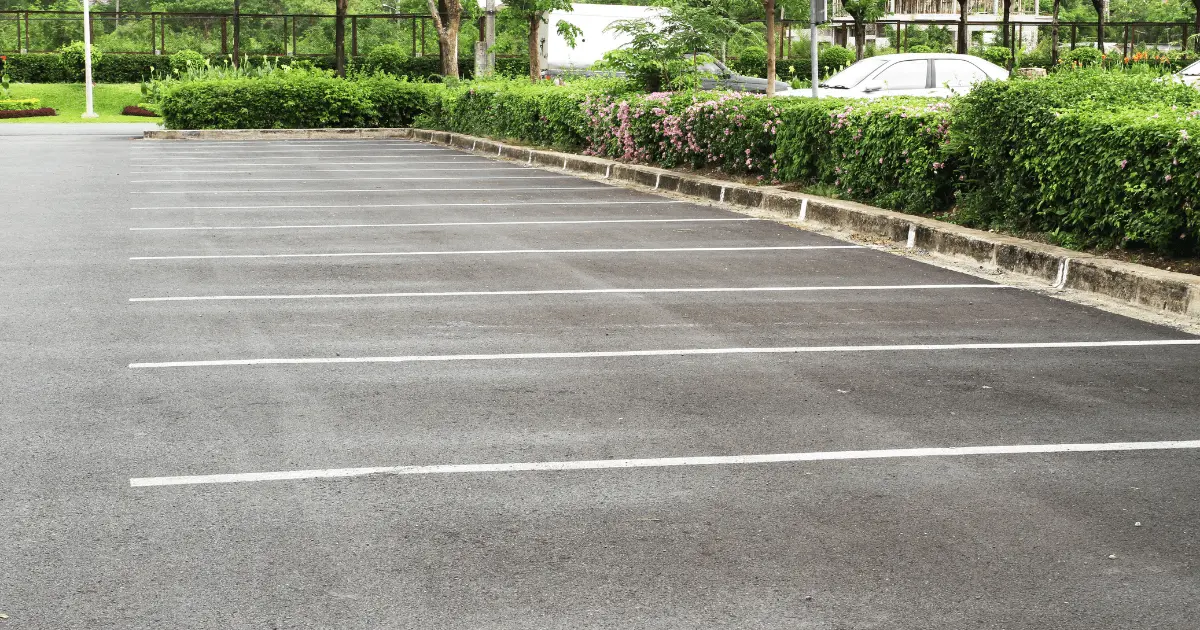Parking is something we often take for granted. For most of us, it’s about finding a convenient spot near our destination, whether it’s a workplace, shop, or event. But for some, parking close to where they need to be is more than just a convenience – it’s a necessity. Disabled parking plays a crucial role in making travel accessible for individuals with mobility challenges, ensuring they can navigate their daily lives with greater ease.
There are millions of Australians living with a disability, and with an aging population, that number is only increasing. As we live longer, health issues, including mobility impairments, become more common. This growing demand for accessible parking highlights a significant issue: the number of dedicated spaces isn’t keeping up with the need. In fact, the issuance of disabled parking permits has surged by 60% since 2007, yet the number of accessible spaces has not kept pace.
Why Accessible Parking Spaces Are Vital:For individuals with disabilities, everyday tasks can become difficult without access to suitable parking. Something as simple as going to a movie or running errands can turn into a major logistical challenge if they can’t park nearby. While it might be obvious why someone in a wheelchair needs accessible parking, not all disabilities are visible. Many people with mobility issues don’t use mobility aids, yet still require parking spaces that accommodate their needs.
Accessible parking allows individuals to park close to their destination and gives them the space necessary to safely enter and exit their vehicle. This may seem like a small thing, but it can make the difference between getting out into the world and staying isolated at home. That’s why it’s crucial that accessible parking spots are not viewed as “free parking” but rather as an essential aspect of ensuring equality for all.
The Reality of Accessible Parking Today:Unfortunately, the rising demand for accessible parking is outpacing the supply. City planning often prioritises parking density, trying to maximise the number of spaces. Accessible spots, which take up more space, are sometimes seen as a sacrifice in this equation. On top of that, there’s a lingering cultural issue – public discourse questioning the legitimacy of some disabilities, which can create backlash when more accessible parking is proposed.
To address this, there needs to be a cohesive approach between both public and private sectors, with government intervention likely required to set minimum standards for accessible parking availability.
Final Thoughts:Accessible parking is about more than just a place to park; it’s about ensuring that everyone, regardless of mobility, has the freedom to go where they need to go. While Australia’s Disability Parking Scheme has streamlined the process of obtaining a permit, there’s still work to be done to meet the growing demand for accessible spaces. It’s time we prioritise accessibility and make sure that everyone can participate in daily life with ease.



